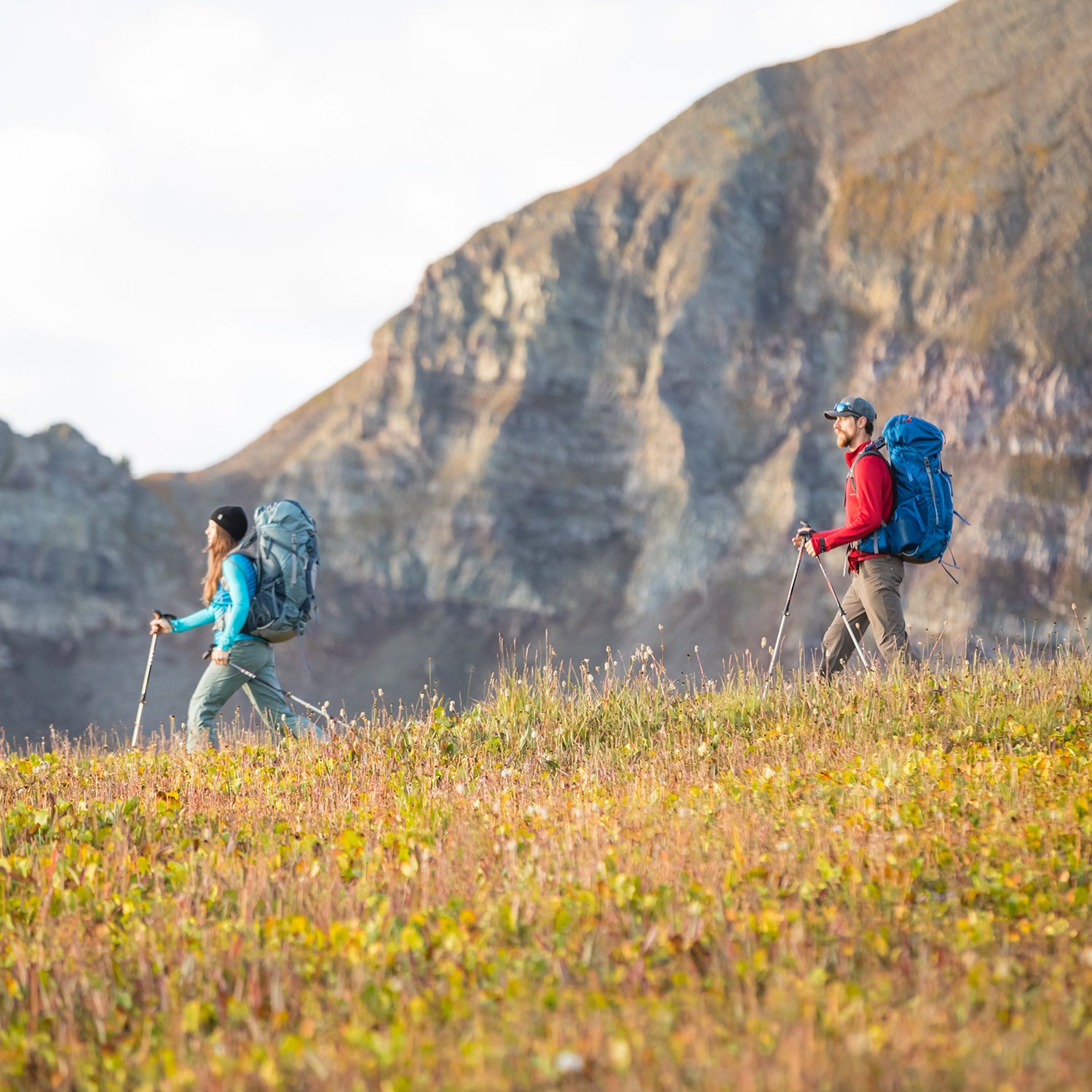I went on my first “real” backpacking trip when I was in high school. I conned several of my less-than-enthusiastic-about-schlepping-shit-in-the-woods friends into a three-day trip on the��Knobstone��Trail, the crown jewel of Indiana’s hiking scene. Looking back, the��KT wasn’t particularly rough or rugged, but that trip was an absolute mission for a few Midwestern city boys.��
Once we loaded our packs down with all the gear we thought we’d need, they tipped the scales at 75 pounds apiece. I still have no idea why there were so heavy, but we paid for it dearly. I’ve never again had blisters quite like the ones I got on that trip,��or hiked quite as slowly.��
A lot of years and trail miles later, I’ve learned that backpacking is a far more enjoyable experience if you really think about what you’re bringing and keep the excess to a minimum. That sounds like common sense (and it is), but it’s harder to do than you might think—especially if you're like me and love gear just for the hell of it.��(“I’ve got to bring the solar panel, collapsible saw, and Crazy Creek! When else am I going to use them?”) ��Here are the seven things you actually need to start backpacking.��
Two-Person Tent
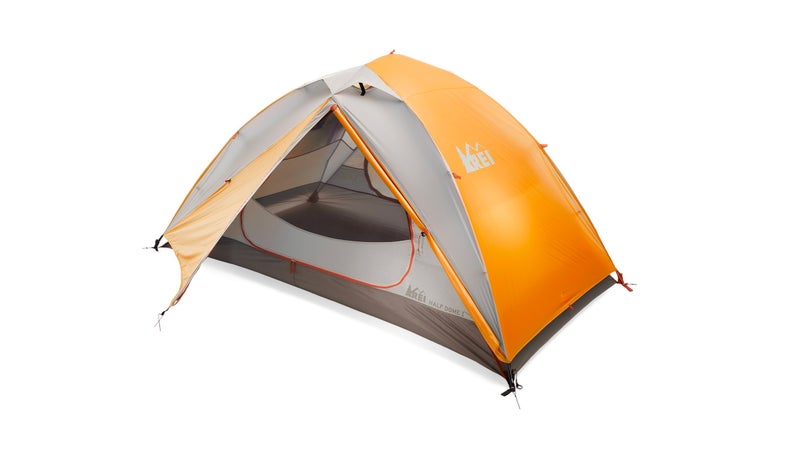
There are tons of opinions out there about what the best type of shelter is, how heavy it should be, and the best type of tent material,��but here’s the deal: most people will get the most mileage out of a basic, two-person backpacking tent that weighs six pounds��or less. A tent like will serve practically every purpose you can think of without breaking the bank. Tents like this have plenty of space for two people (and a dog), and chances are you won’t be backpacking alone, so you can divvy up the weight. Look for basic features like two doors and a vestibule, easy setup, and some stash pockets.
50 to 60 Liter��Pack
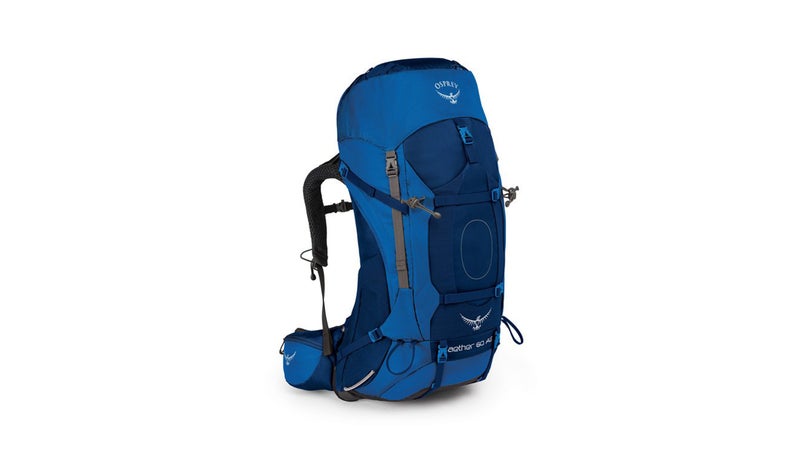
Ultralight backpacking is a wonderful thing, but it’s not for beginners. Yes, you should absolutely strive to be thoughtful about what you bring and keep your pack weight low, but when you’re starting out, that’s a tough and expensive thing to do. You’re going to end up bringing more than you need for a while—it’s just part of the learning curve. For that reason, you should look for a pack in the 50-60L range with a good suspension system and a hydration sleeve (for that bladder you have). This is the��perfect size for spending two to four nights in the backcountry, and even longer if you pack smartly. I’ve used an for years and would recommend it to anyone looking for a bomber backpacking pack with a breathable, sturdy suspension system and just the right amount of bells and whistles. If you’re doing an overnight, just cinch down the compression straps and boom! You’ve got a smaller pack.��
20-Degree Sleeping Bag
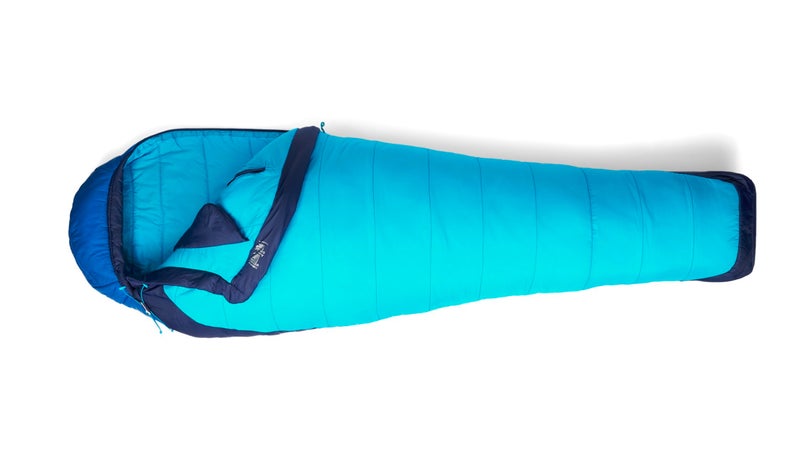
A lightweight, compressible, high-quality sleeping bag is probably the most important piece of gear you need for backpacking. Sure, you could��strap a massive roll-up bag��to the outside of your pack and call it a day, but a quality backpacking bag is a luxury worth splurging on. Down’s warmth-to-weight ratio is still pretty much unmatched, but synthetic bags will get the job done for less money and they’re better in wet climates. I live in the Rockies, so a 20-degree bag like the is pretty much the perfect three-season sleeping system.��
Backpacking Stove
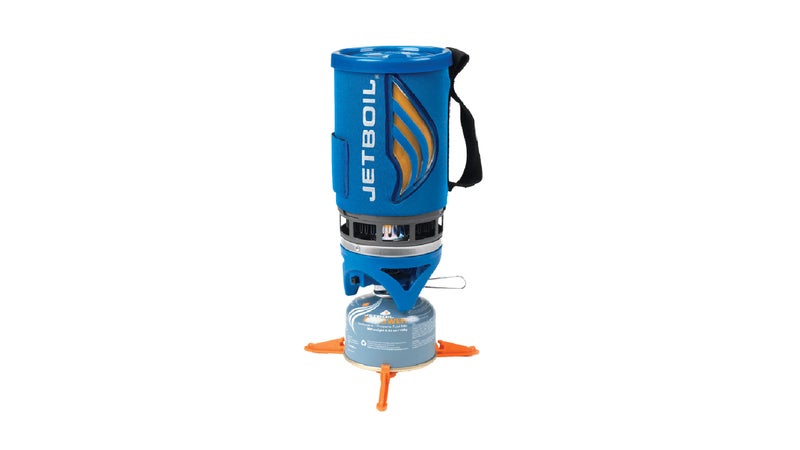
Nothing is better than a hot meal after a long day of backpacking. The easiest way to accomplish that is with a . That’s why a stove is a great investment for beginning backpackers.��If you’re just boiling water for freeze-dried meals, and heating soup or coffee, you can’t beat the convenience of something like the . Just add a spork, and you’ve got your whole camp-cooking setup in one neat little package.��
Moleskin
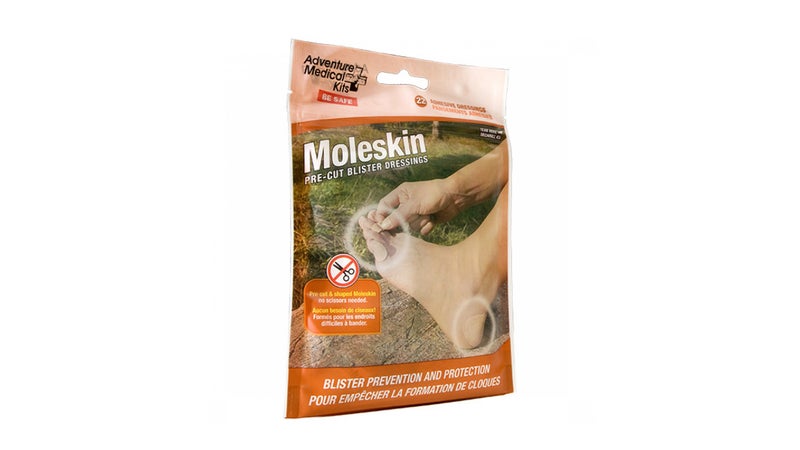
Blisters are inevitable for newbies��and they suck, but�� is cheap and impressively effective at blister prevention.��Put some of this stuff on the moment you start feeling a hot spot and it’ll go a long way toward��increasing your comfort on the trail. ��
�ʲ�����
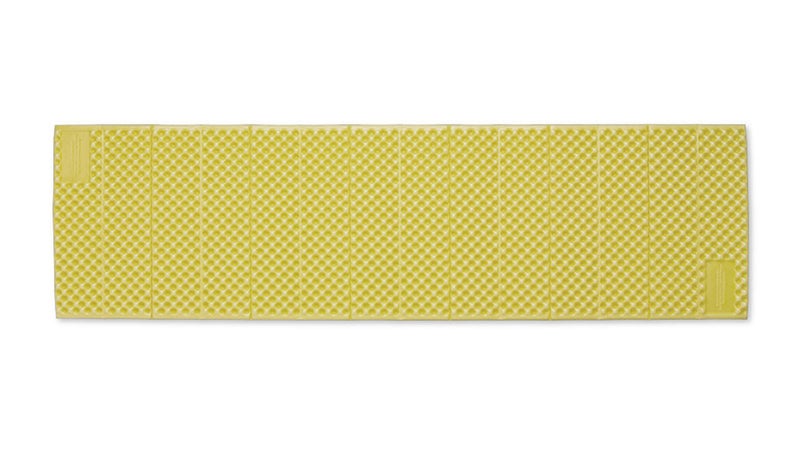
A sleeping bag won’t keep you warm without a pad underneath. That’s because the ground is cold and saps heat from you during the night, so you need an insulating layer beneath you. Air pads can be really comfortable and lightweight, but��the best bet for weight, price, and durability is a closed-cell foam pad like the classic . You don’t have to worry about leaks, as they can take a beating, and they double as camp chairs around the fire.
Map
A quality topographic map (and the ability to read it) is actually��the most important thing you need for backpacking. Relying on your phone or GPS unit is fine until the battery dies or the device gets waterlogged, but nothing beats a good paper map and compass. I like to����and��export them to my phone so I can compare my location on phone with the map. We’ve��written about this��extensively, and there are a lot of����out there on printing high-quality USGS topo maps for free.��
Whiskey
You could choose other things for this seventh spot (like clothes, duct tape, or a knife), but in my book, whiskey is absolutely an essential. Preferably a single malt, but I won’t split hairs. In terms of buzz for your buck, a little whiskey is a lot lighter than trying to schlep a bunch of beers or wine into the backcountry. More importantly, this whole exploring-the-great-outdoors thing is supposed to be fun, so you might as well bring a little extra insurance with you.


